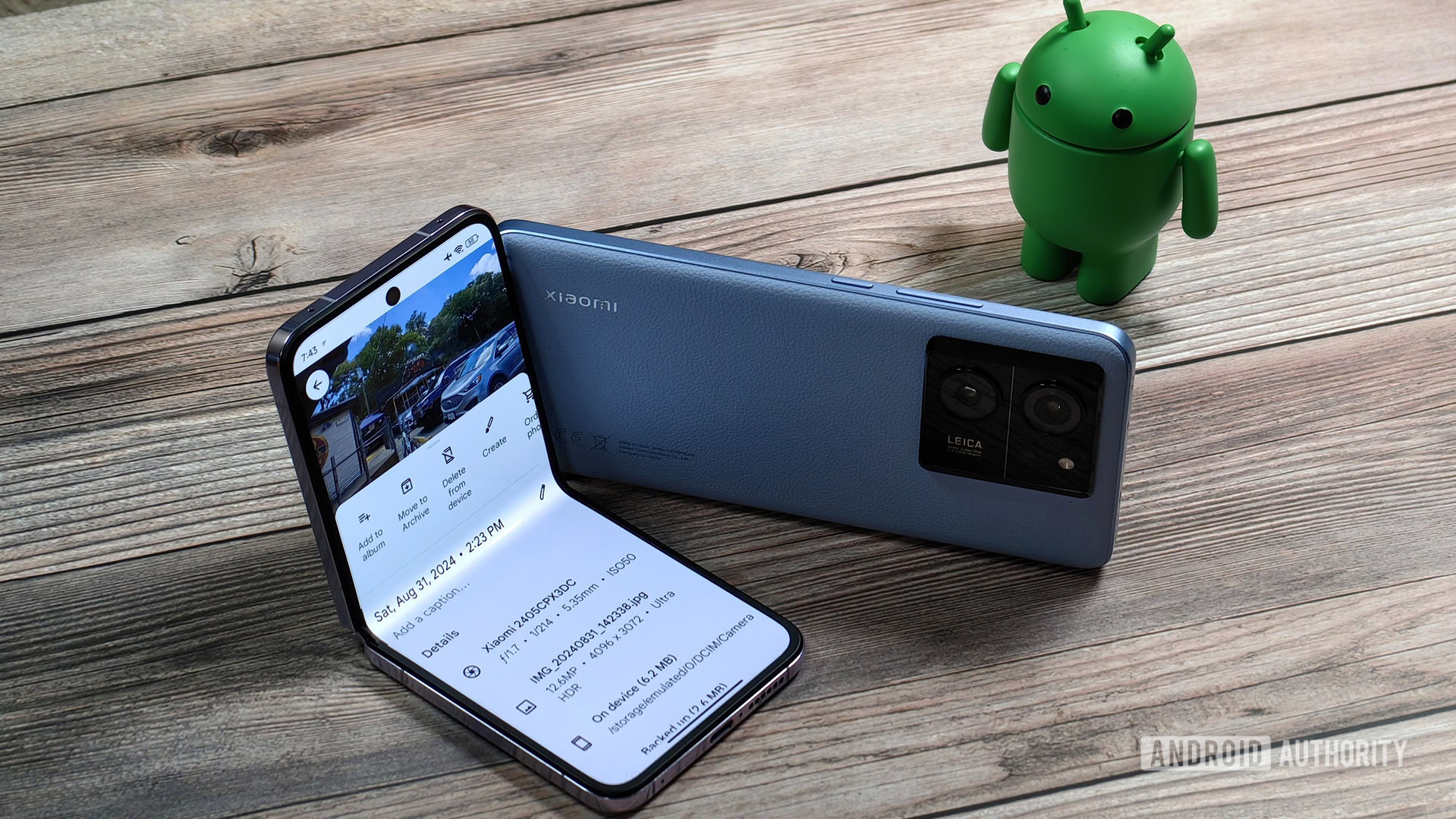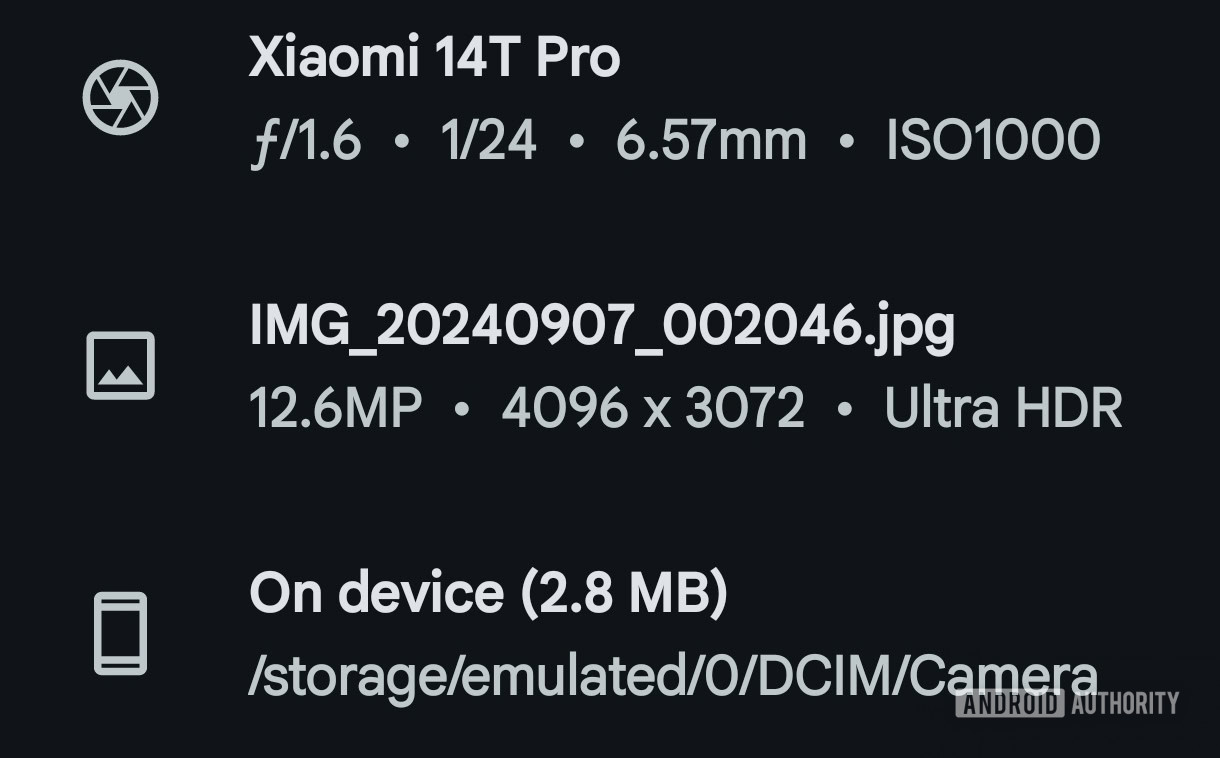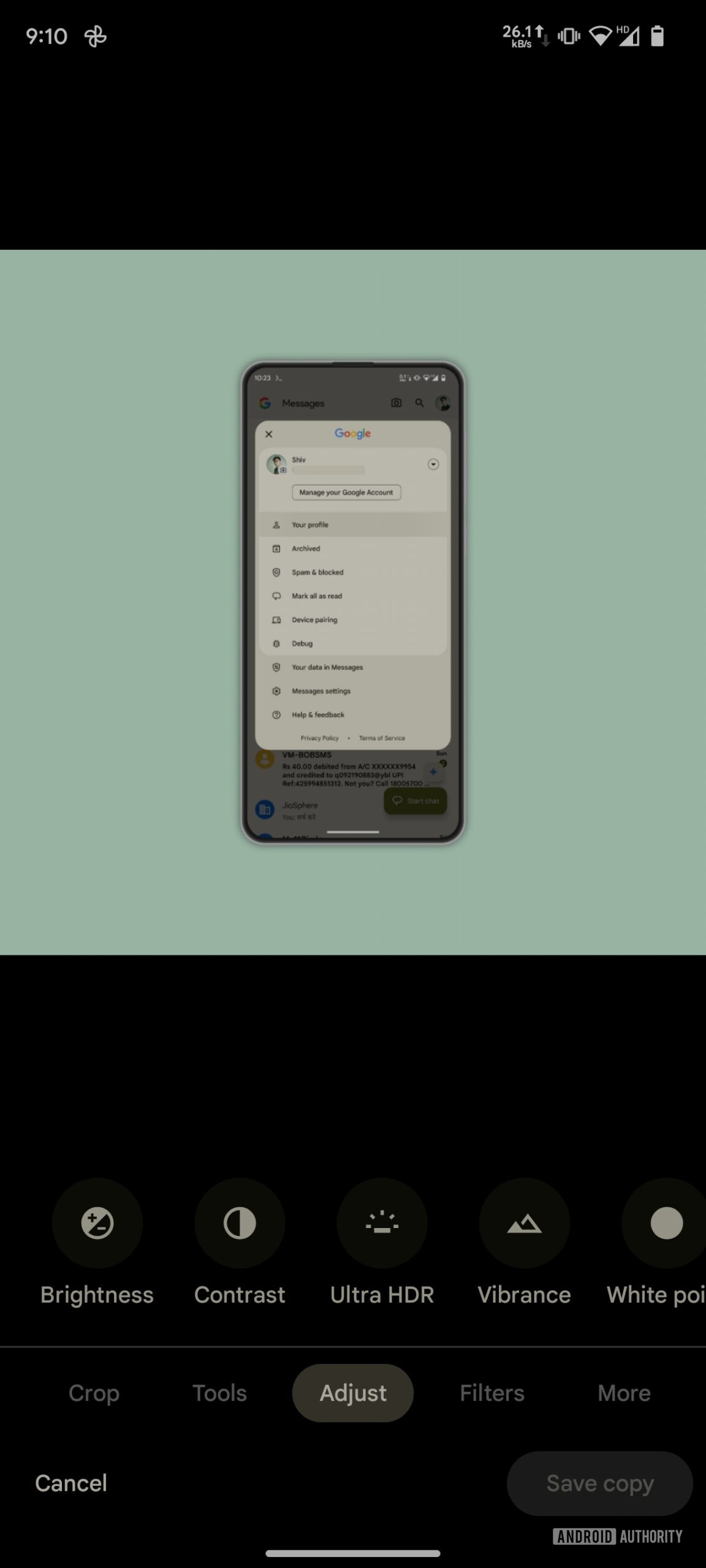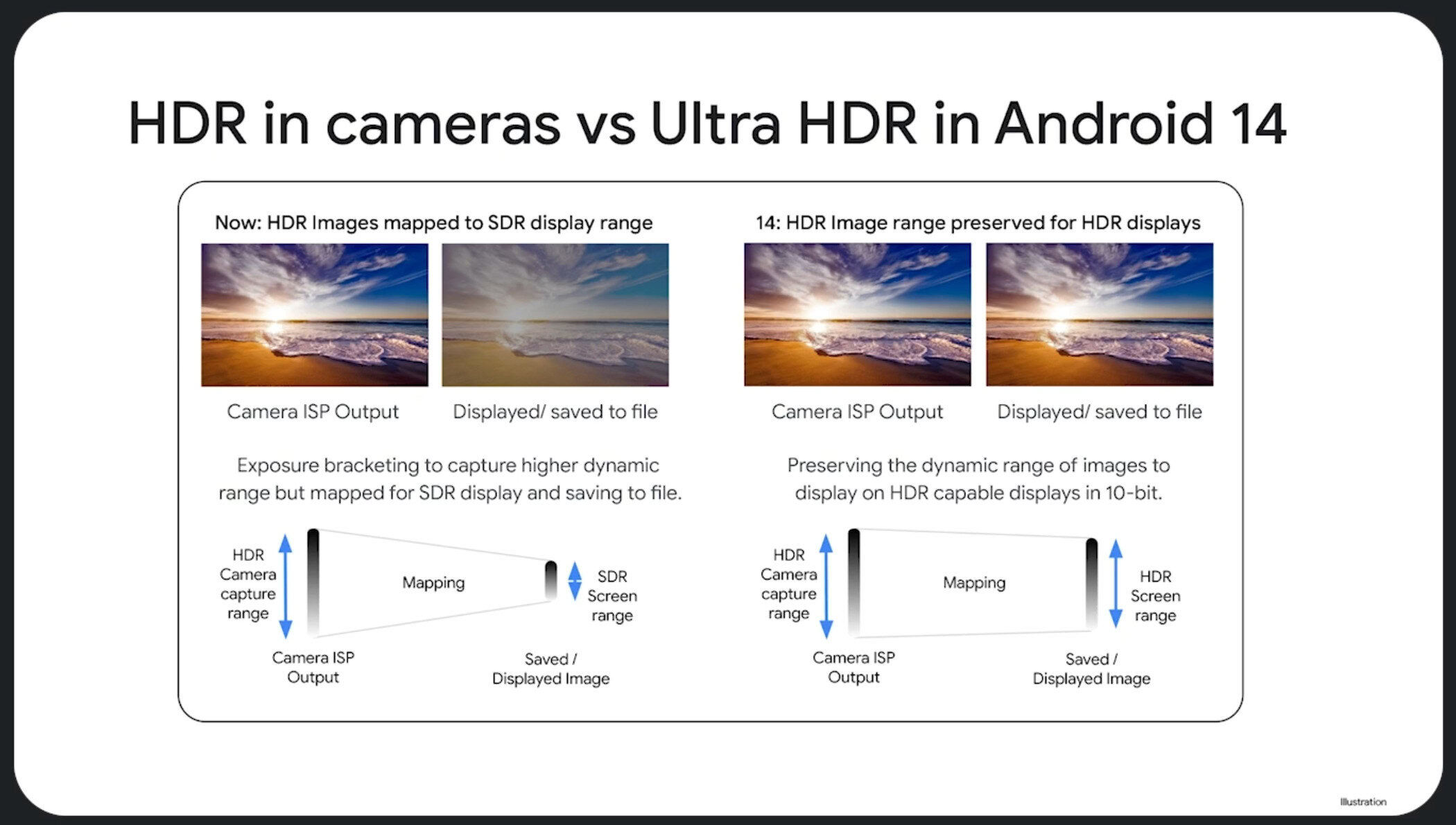Affiliate links on Android Authority may earn us a commission. Learn more.
Ultra HDR support is coming to flagship phones from this top Android brand
Published onSeptember 26, 2024

- Xiaomi is the latest phone maker to support Google’s Ultra HDR image format.
- The Xiaomi 14 Ultra, Xiaomi 14T Pro, and Xiaomi Mix Flip shoot photos in Ultra HDR.
- Ultra HDR is an image format that contains both the SDR and HDR versions of an image in the same file.
One of the best features of last year’s Android 14 update is Ultra HDR. Ultra HDR is an image format made by Google that tries to preserve the rich and vibrant colors that modern smartphones are capable of capturing while still accommodating legacy devices that don’t have high-dynamic range (HDR) displays. It’s a great format that lets flagship phones take photos that look great on not only other flagship phones but also all other devices, too. As with any format, though, it’s useless if nobody supports it, which is why Xiaomi embracing Ultra HDR with its latest flagship phones is a big deal.
Xiaomi, which was recently crowned the world’s number two smartphone maker by Counterpoint Research, has shipped a couple of flagship devices this year that support the format. These include phones in the Xiaomi 14 series, the Xiaomi Mix Flip, the Xiaomi Mix Fold 4, and phones in the new Xiaomi 14T series that just got announced. We can directly confirm that the Xiaomi 14 Ultra, the Xiaomi MiX Flip, and the Xiaomi 14T Pro capture photos in the Ultra HDR format. The Xiaomi 14, oddly, does not support Ultra HDR, and neither does last year’s Xiaomi 13T Pro, for what it’s worth. The Xiaomi MIX Fold 4 presumably supports the format, but we haven’t been able to confirm.

If you’re wondering what is the significance of Xiaomi embracing Ultra HDR, know that it will make photo sharing better. Specifically, it means that the HDR photos you capture on one of these Xiaomi phones can be viewed in all their glory on other non-Xiaomi devices with HDR displays. For example, if you share a photo with a friend who has a recent Google Pixel, Samsung Galaxy, OPPO, or OnePlus flagship that supports Ultra HDR, they can see the best version of the photo you took with all its enhanced contrast. The same is true in reverse now that Xiaomi phones support displaying Ultra HDR images, so everyone gets to see the same, vibrant photos.
That’s all true in theory, of course, but the reality is a bit more complicated. Ultra HDR photos are only captured if you use the stock camera app that ships with the device, which on Xiaomi devices is the Hyper OS camera app. Google is working on bringing Ultra HDR capture support to third-party camera apps, but it’ll take time for these apps to be updated with support for this format.
There’s also the issue of app support for Ultra HDR. Currently, many messaging and social media platforms can’t send or display Ultra HDR images, so they strip the all-important HDR metadata and just display them as regular JPEG files. Of all the major social media platforms, only Instagram and Threads support Ultra HDR so far.
Even many image editing apps struggle with handling Ultra HDR, though this, too, can be fixed. Xiaomi’s gallery app, fortunately, lets you crop and rotate Ultra HDR images without breaking them, which Google Photos only recently added support for. Google Photos, meanwhile, might be getting a more advanced “Ultra HDR” editing option in the near future, so things are looking bright for the new image format.

Xiaomi embracing Ultra HDR for most of its 2024 phones will hopefully encourage more platforms and apps to support the format. The more phones that support it the more likely it’ll be adopted by developers, which is why a smartphone brand as large as Xiaomi jumping on board is wonderful news. With Xiaomi using Ultra HDR, that means that all the major Android smartphone makers support the format. The next step is for them to extend Ultra HDR support to mid-range and budget devices. Google could help with that by making Ultra HDR capture support a requirement in a future version of Android, which they’re only doing right now for some Android 15 phones.
